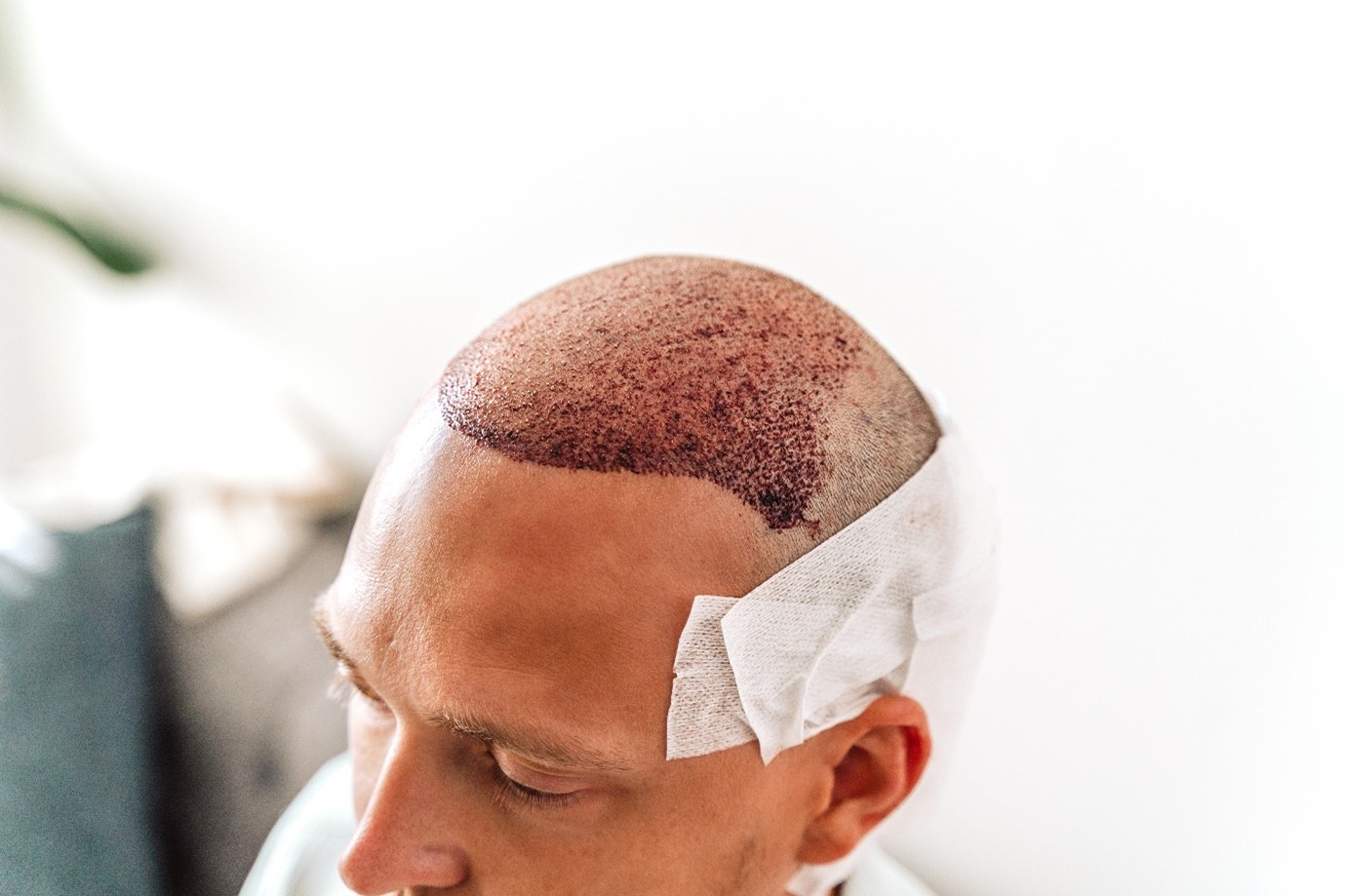
Today, almost 50 percent of men over the age of 50 are faced with the problem of hair loss. Therefore, hair transplantation is the most applied cosmetic surgery for men. Hair loss is not just for men. Many women may also experience hair loss or thinning.
One of the most important causes of hair loss is genetic coding; however, it can also occur as a result of advancing age, traumatic injuries or various medical disorders. After being diagnosed with a doctor's control, hair transplantation is successfully applied to all people with sufficient hair follicles in the donor area.
The transplantation method can be applied successfully not only in the scalp but also in the loss of hair in all areas of the body such as eyebrows, mustache or beard.
In practice, hair follicles taken from the nape are transplanted to the targeted bald area. These hair follicles taken are called grafts. In rare cases, there is not enough healthy hair in the neck or temple area of the person. In such cases, hair follicles can be taken from other parts of the person that contain hair, such as the arms or chest wall. The application takes place in a few hours depending on the amount of hair loss. If the balding area is very large, several sessions may be required to complete the treatment.
Generally, the intervention is performed under local anesthesia with sedation. After hair transplantation, a special bandage is applied to the head. The person is discharged after 1-2 hours. Although it is very rare, pain relief is controlled with painkillers. Generally, after 3 days of home rest, it is possible to return to business life with the head covered. The first dressing is done on the 5th day.
In hair transplantation procedures; FUE, which does not leave a trace, or methods that can leave a slight trace on the neck are successfully applied. In the FUE method, hair follicles are taken one by one and transplanted to the missing areas, while in the method, a skin line containing hair is removed from the nape. The person to be transplanted should have healthy hair on the sides and a scalp to be used as a donor area. Other factors such as hair color, degree of hardness, wavy and bushyness also affect the result of the procedure.
Which method will be preferred is decided together after the hair and scalp analysis, taking into account the priorities of the person. Although the FUE method, which does not leave any traces, is mostly preferred, it may be necessary to apply the method in some cases. Hair transplantation can be applied not only for baldness, but also to increase hair density in thinned areas.
Hair transplantation is a serious surgical application. In order to minimize the risks of hair transplantation, it should be done in a hospital environment. It is very important that it is performed by well-trained and experienced plastic surgeons in terms of getting the best results. In order for the hair transplant to be successful in the operation, the transplanted hair follicles must shed blood quickly in the area where they are placed. If a correct technique is applied, the success rate of hair transplantation is quite high. For a natural look, it is very important to plant the hair at the right distance, at the right angle and at the right density to the bald areas.
The transplanted hair falls out within a few weeks following the transplant process; but this is normal. Because the shed hair will grow back after 3-4 months. After this temporary shedding is resolved, the transplanted hair follicles preserve their character and do not fall out. However, the original hair in the same area may continue to shed over time, and a new hair transplant may be planned in the future depending on the decrease in hair density. Post-surgery hair loss may continue progressively. Especially if an unnatural appearance occurs in the new hairline area, an additional surgical intervention may be required in the future.
Like every medical intervention, hair transplantation can carry some risks if not performed under appropriate conditions. However, if hair transplantation is performed by an experienced plastic surgeon in a hospital setting, complications are very rare. Hair transplantation is a long procedure and depending on the degree of baldness, several transplantations may be required in a period of 1-2 years. Although very rare, complications such as desired infection and significant scarring can be seen. Pain, discomfort, some bruising and swelling can be observed after the operation, which can be controlled with painkillers. In the areas where hair is removed and transplanted, numbness may occur within 2-3 months, which resolves spontaneously.
The transplanted hair falls out within a few weeks following the transplant process; but this is normal. Because the shed hair will grow back after 3-4 months. After this temporary shedding is resolved, the transplanted hair follicles preserve their character and do not fall out. However, the original hair in the same area may continue to shed over time, and a new hair transplant may be planned in the future depending on the decrease in hair density. Post-surgery hair loss may continue progressively. Especially if an unnatural appearance occurs in the new hairline area, an additional surgical intervention may be required in the future.